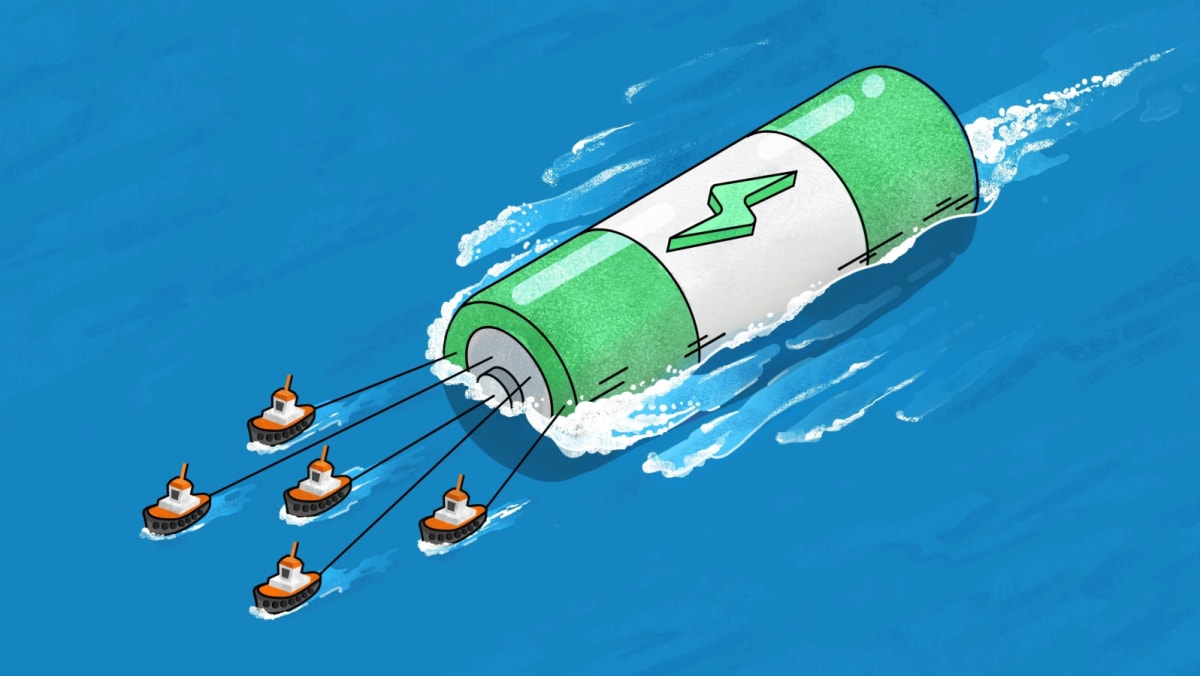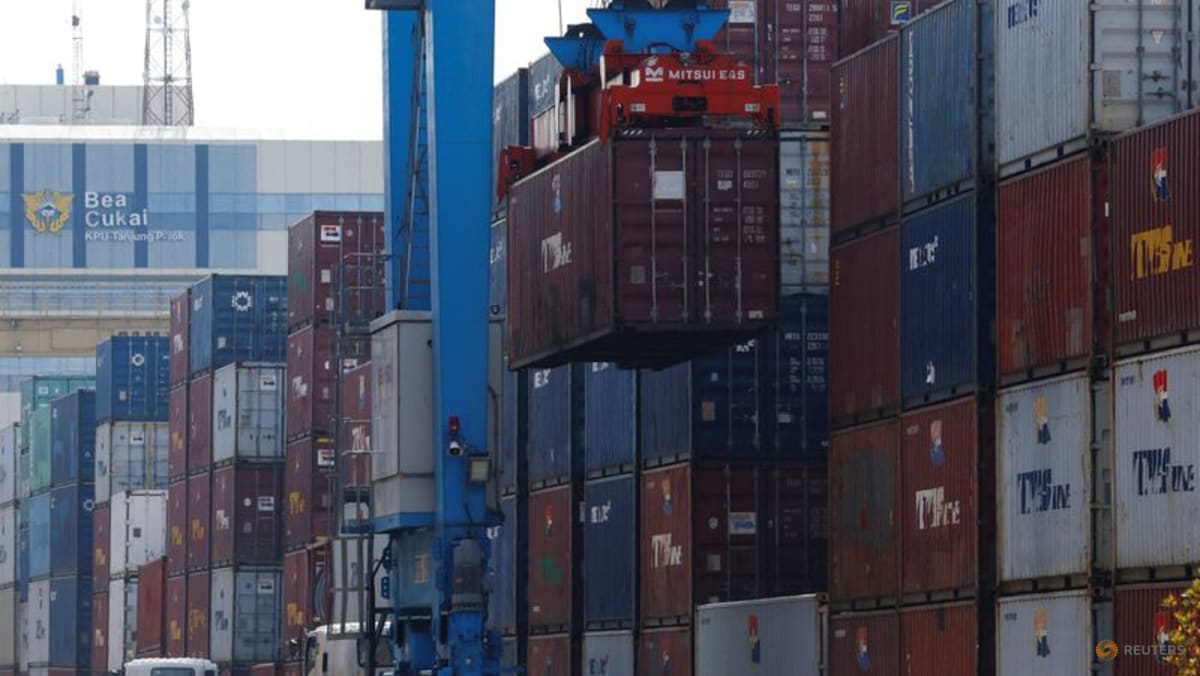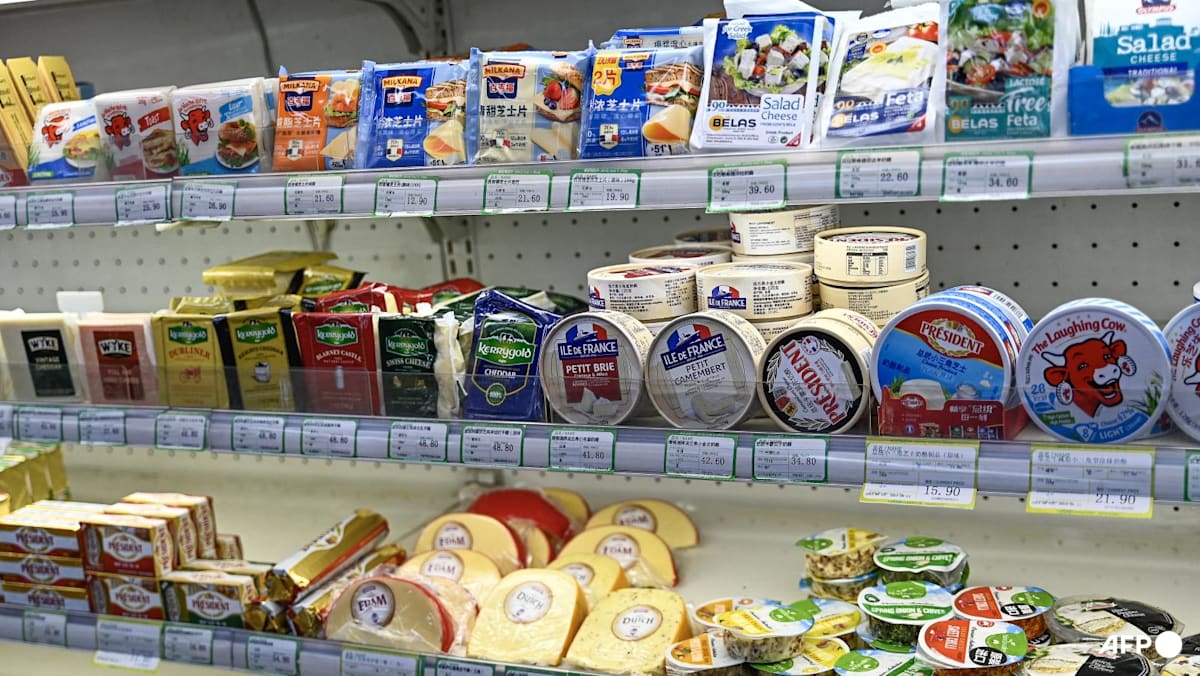China’s supercharged new-energy sector is propping up exports, but will it last?

More threats are likely to surface in the long term amid the intensifying efforts by Washington to cripple China’s ability to produce advanced computer chips, said Lin Han Shen, senior adviser at the Asia Group consulting firm in Shanghai.
But China’s traditional strengths in mass production, and its ability to sustain losses longer to achieve dominant market positions, remain unhindered, Lin said, noting how this will make deglobalisation a lengthy process.
“In the foreseeable future, China’s dominance in the EV, solar and lithium battery space will grow because of its advantage of competing at lower price points and increasing control of the respective global supply chains,” Lin said.
Liu Wei, a partner at Pinsent Masons in Shanghai, said multinational car companies such as Volkswagen, Mercedes and Ford are among those taking rapid steps to electrify vehicles. And this push, Liu said, could eventually threaten the current market positions of Chinese EV makers such as Nio, Li Auto and Xpeng.
“But in terms of batteries and some specific new-energy sub-sectors like battery separators, electric valves, photovoltaic inverters, relevant Chinese companies will remain global market leaders for quite some time,” Liu said.
Still, leading Chinese companies in the green sector – from lithium-ion battery giant CATL to solar panel manufacturer JinkoSolar – have been deploying new manufacturing bases in the United States and European Union to circumvent any potential import restrictions that can be imposed by major foreign markets. And this means that the share of exports from China will inevitably go down.
Even if no geopolitical factors were in play, there would continuously be a shift toward the localised produce of new-energy products, according to Sam Abuelsamid, principal e-mobility analyst with Guidehouse Insights in Detroit, the US’ so-called Motor City.
“With automakers aiming to reach carbon neutrality, a key part of that effort is taking emissions out of the supply chain,” he said.
“Transporting lithium from Chile to China for processing, and then to North America or the EU for cell production, adds a lot of transportation emissions.”
This article was first published on SCMP.
Source: CNA














